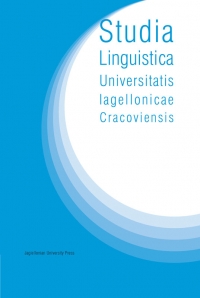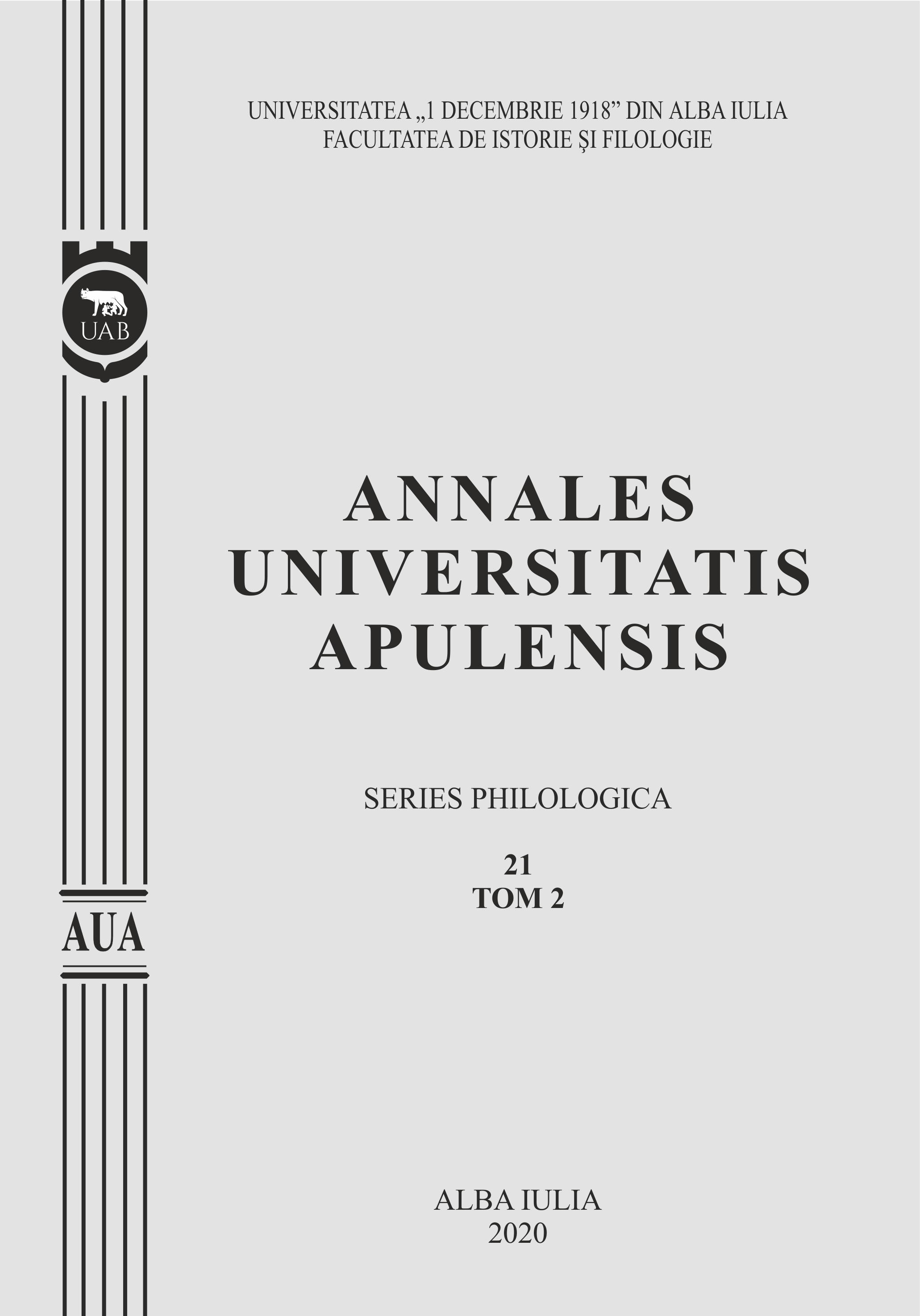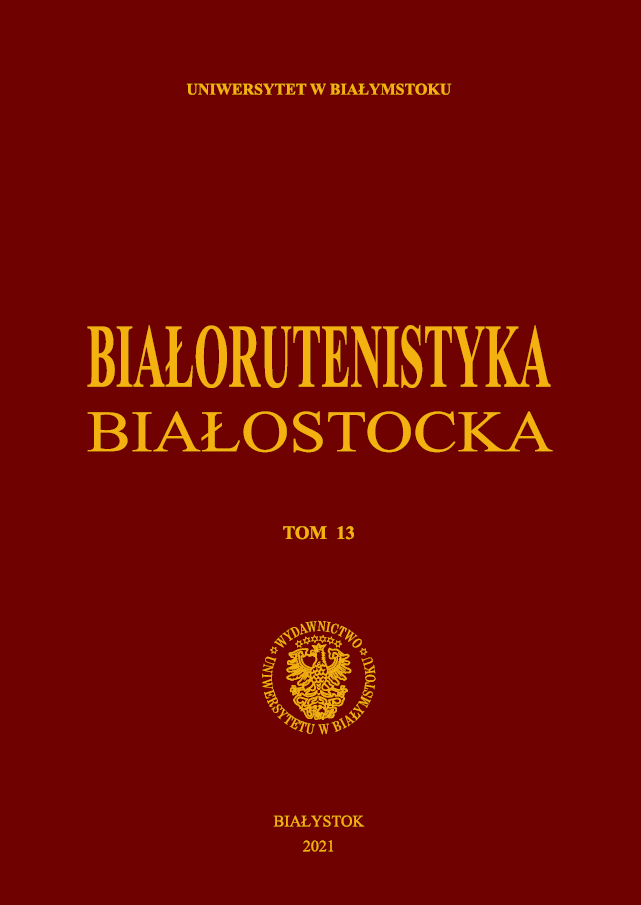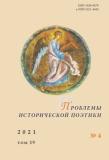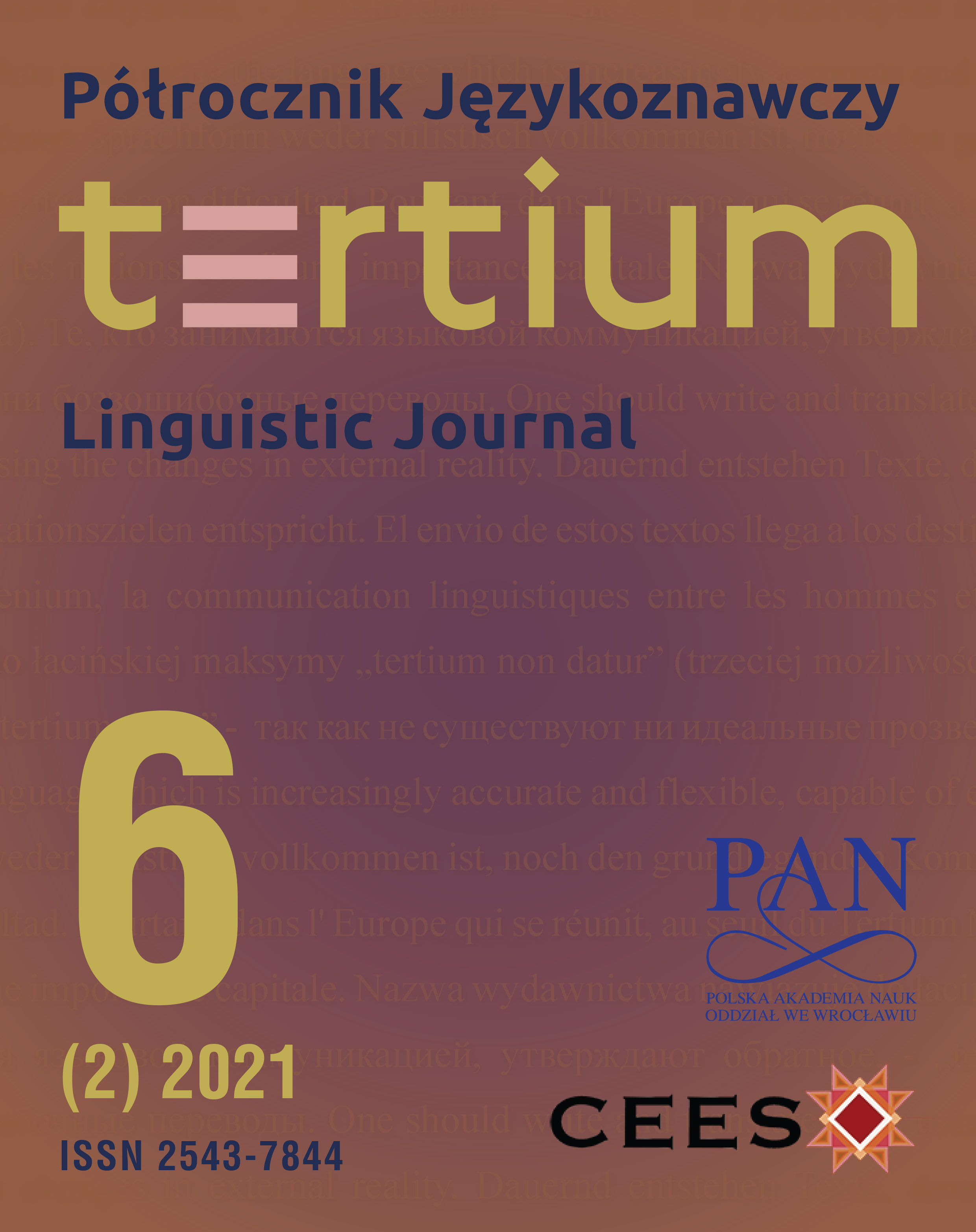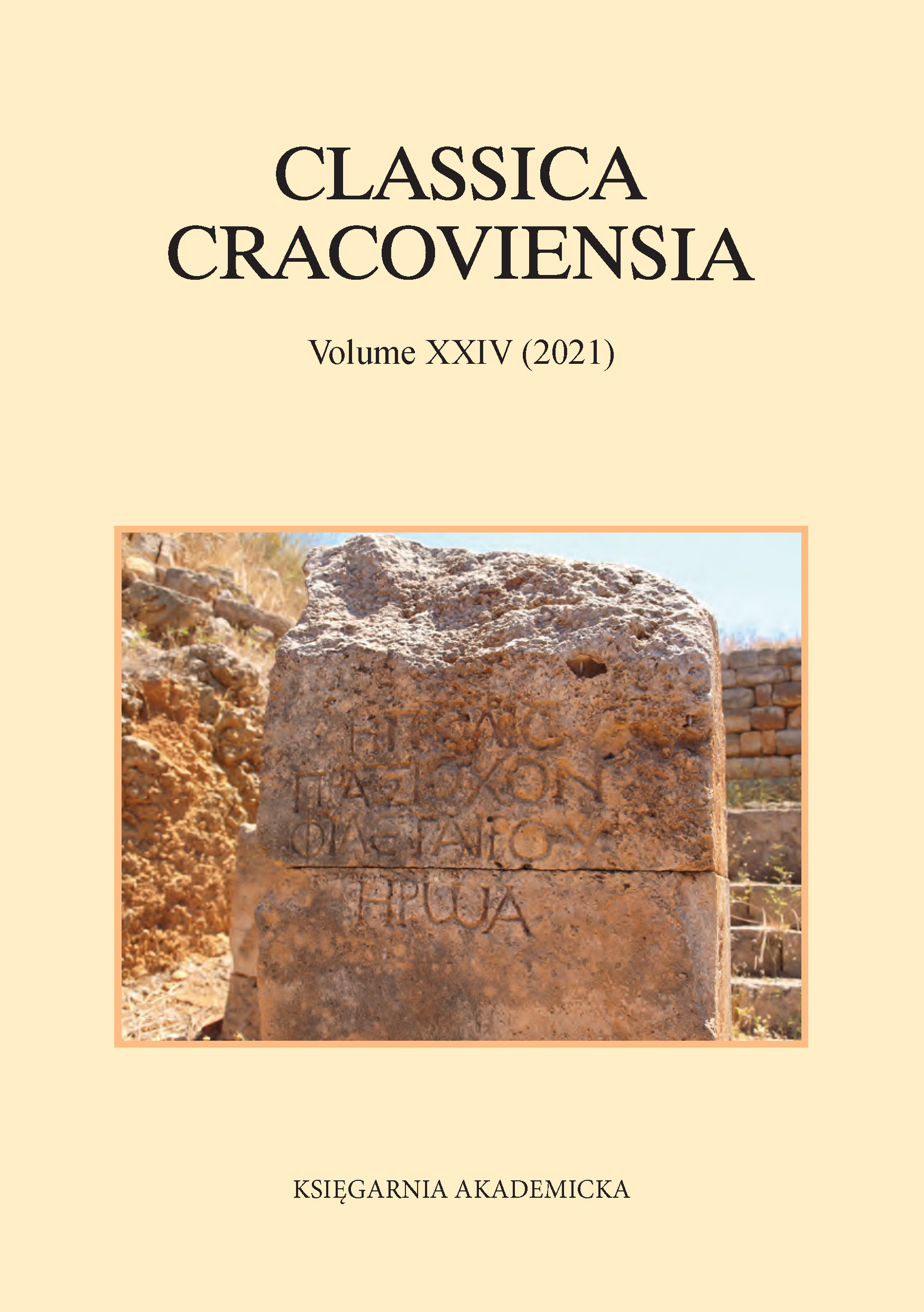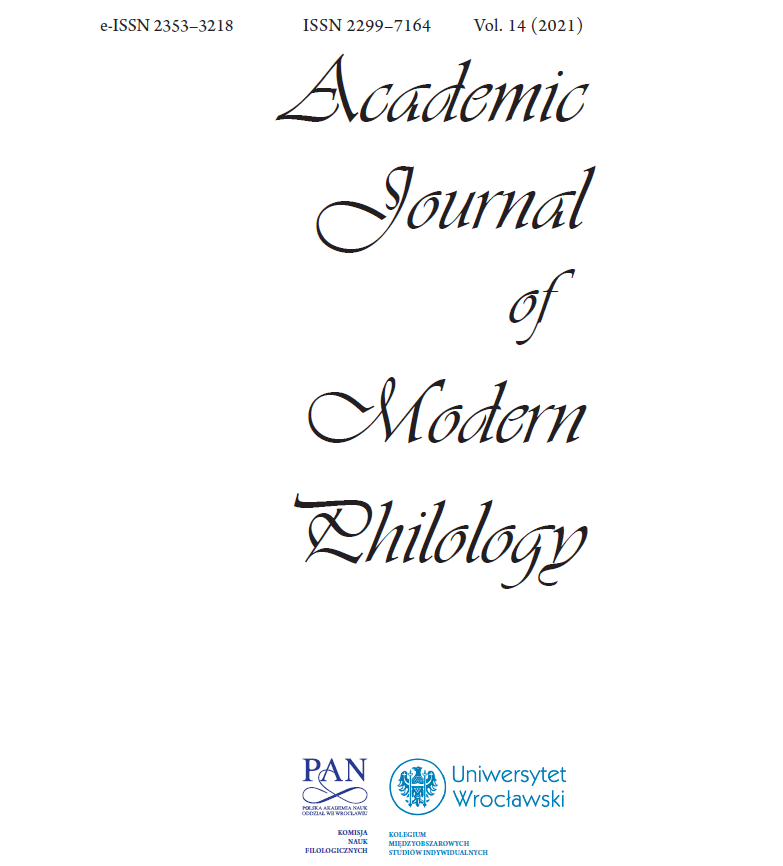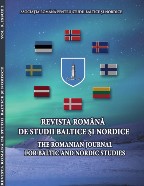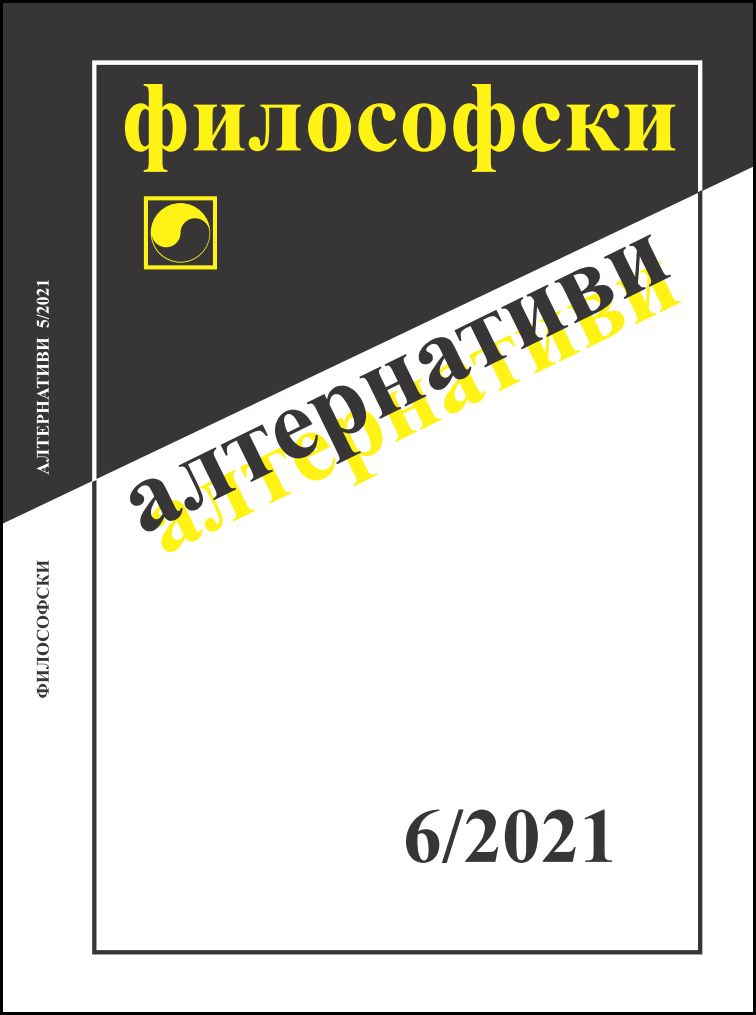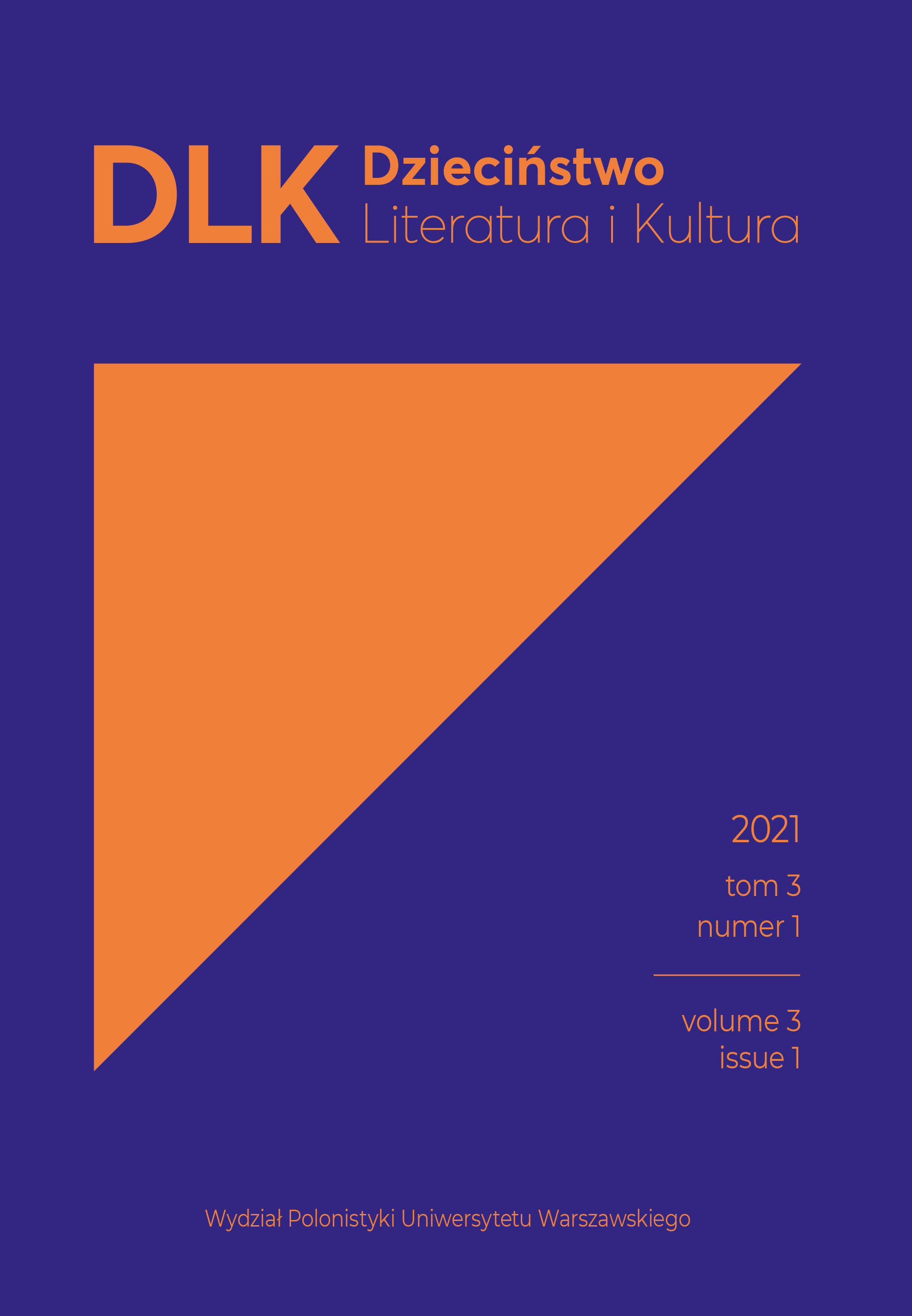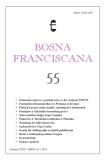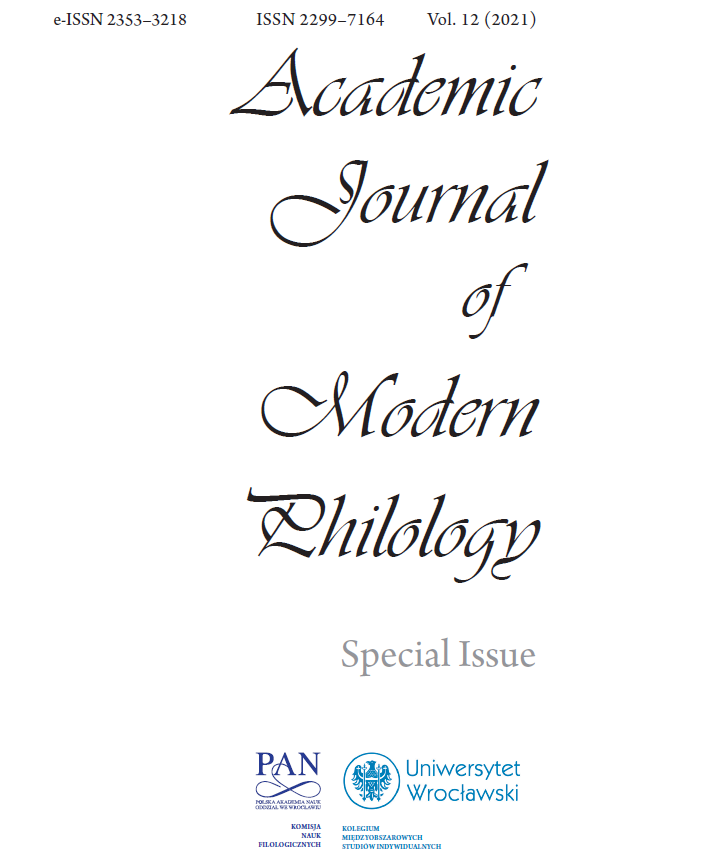
Gulag Argot as a Site of Memory in Julija Voznesenskaja’s The Women’s Decameron
he present contribution focuses on the presence of Gulag argot in Julija Nikolaevna Voznesenskaja’s The Women’s Decameron, more specifically on the short stories told by Zina, the former Lager prisoner by means of linguistic analysis and the recently published Dictionary of Russian Slang Expressions: The Lexicon of Penal Servitude and Camps in Imperial and Soviet Russia by Leonid Gorodin. The following study aims to describe the aforementioned stylistic strategy from The Women’s Decameron as a form of skaz, but also to underline how language works in this context as lieu de mémoire. It is possible to define the Gulag argot as a site of memory, especially when considering the recent study and exhibition by the Gulag Museum in Moscow, named The Language of Unfreedom. This exhibition called attention to the extent in which the lexicon of Gulags has become part of everyday language, its violent heritage ignored, and this original violence underplayed. The work of the Gulag Museum in Moscow underlines the important role of language in preserving history. The memory of Gulag camps is also a recurring theme in Julija Voznesenskaja’s literary and journalistic work; therefore, the usage of Gulag argot cannot be interpreted only as a literary motif, but also as a way to preserve the tragic memory of concentration camps.
More...
